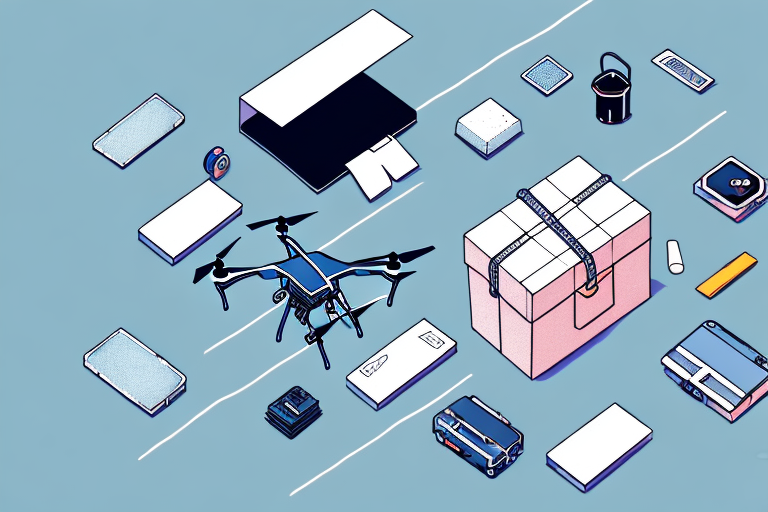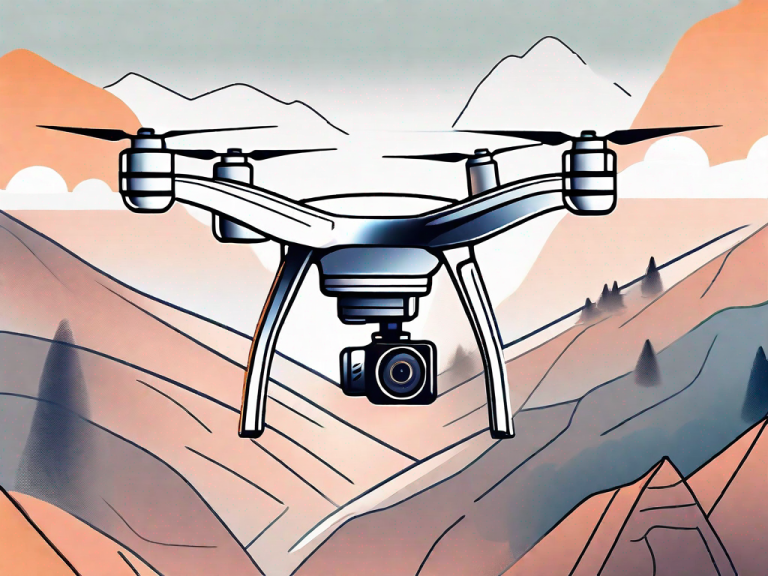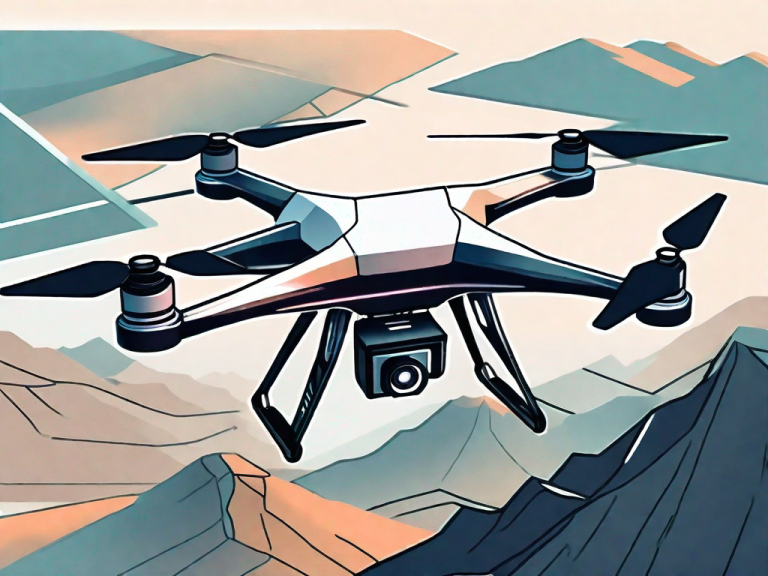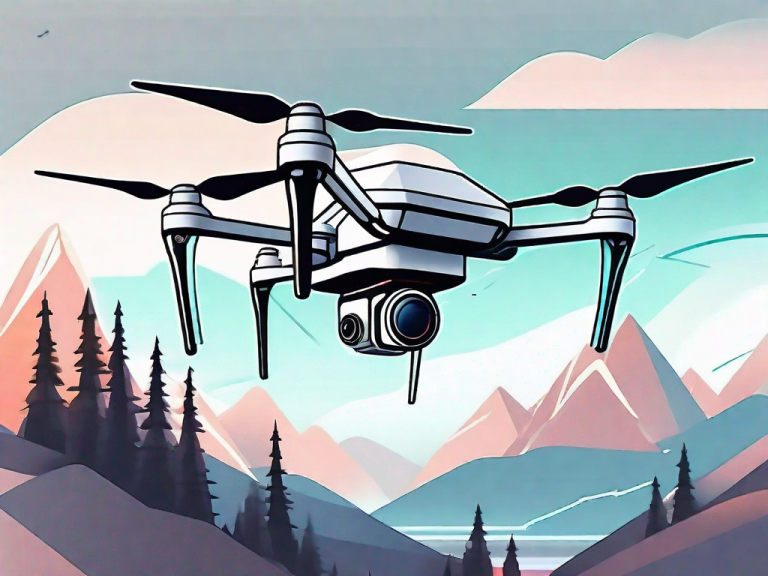Traveling with a drone can be an exciting and rewarding experience for photographers, but it also requires careful planning and consideration to ensure the safe transportation of your equipment. In this comprehensive guide, we will explore the importance of safe drone transportation for traveling photographers and provide essential tips and strategies to help you transport your drone securely.
Why is Safe Drone Transportation Important for Traveling Photographers?
Safe drone transportation is crucial for traveling photographers for several reasons. Firstly, drones are delicate and sensitive devices that can easily get damaged if not properly handled during travel. The sophisticated technology and intricate components of drones, such as the camera and gimbal, can be vulnerable to impacts, jolts, and vibrations that may occur during transport.
Secondly, transporting your drone safely ensures that you comply with airline regulations and restrictions related to traveling with drones. Many airlines have specific policies in place governing the transportation of drones, and failure to adhere to these rules can result in confiscation of your equipment or even legal consequences.
Lastly, safe drone transportation is essential to minimize the risk of theft or damage to your equipment. Drones can be valuable investments, and the loss or damage of your drone during travel can be both financially and emotionally distressing. By following proper transportation practices, you can significantly reduce the likelihood of theft or damage and protect your investment.
Furthermore, safe drone transportation also ensures the safety of other travelers and the general public. Improperly transported drones can pose a risk to people and property if they malfunction or crash during travel. By securely packaging and handling your drone, you can help prevent accidents and potential harm to others.
In addition, proper drone transportation allows traveling photographers to maintain their professional reputation. If a photographer’s drone is damaged or lost during travel, it can result in missed opportunities for capturing important moments or events. By prioritizing safe transportation, photographers can ensure that they are always ready to capture stunning aerial shots and deliver high-quality work to their clients.
Essential Tips for Traveling with a Drone for Photography
When traveling with a drone for photography, there are several essential tips to keep in mind to ensure a safe and hassle-free experience.
Firstly, it is crucial to choose the right drone case or bag for safe transportation. Look for a case or bag specifically designed for drones, with adequate padding and compartments to securely hold your drone and accessories. Consider factors such as size, weight, and durability when selecting a case or bag.
To comply with airline regulations and restrictions, familiarize yourself with the specific rules of the airlines you will be flying with. Some airlines require you to carry your drone in your carry-on luggage, while others may allow it in checked baggage. It is always best to contact the airline directly to confirm their policies and procedures to avoid any surprises or issues at the airport.
Packing and securing your drone equipment properly is vital to prevent damage during travel. Disassemble your drone and pack each component safely, using foam or padding to cushion delicate parts. Secure any loose cables or accessories to prevent them from moving around or getting tangled during transit.
Spare batteries should be handled with caution when traveling. Follow the airline’s guidelines regarding the transportation of lithium-ion batteries, which often require them to be carried in your carry-on luggage. Place them in a designated battery bag or case and ensure they are charged to a safe level to comply with regulations.
Additionally, it is important to research and understand the drone regulations and laws of the destination you will be traveling to. Different countries have varying rules regarding drone usage, including where and when you can fly, altitude restrictions, and permits or licenses that may be required. Familiarize yourself with these regulations to avoid any legal issues or fines while capturing stunning aerial photographs.
Choosing the Right Drone Case or Bag for Safe Transportation
When traveling with a drone, choosing the right case or bag for safe transportation is essential. A well-designed drone case or bag provides the necessary protection and organization to keep your equipment secure during travel.
When selecting a drone case or bag, consider the following factors:
- Size and Compatibility: Ensure that the case or bag is compatible with your specific drone model. It should have enough space to comfortably accommodate the drone, batteries, accessories, and any additional gear you may need.
- Padding and Protection: Look for a case or bag with sufficient padding to absorb shocks and impacts. Foam inserts or dividers can help cushion delicate parts and prevent them from moving during transit.
- Durability: The case or bag should be made from durable materials that can withstand the rigors of travel. Water-resistance or weatherproof features are also advantageous for added protection.
- Portability: Consider the weight and ease of carrying the case or bag. Opt for a lightweight option with comfortable handles or straps for convenient transportation.
- Organization: Look for a case or bag with compartments and pockets to keep your equipment organized and easily accessible. This allows for efficient packing and unpacking, minimizing the risk of damage.
Take the time to research different drone cases or bags and read reviews from other photographers to find the one that best suits your needs. It is a worthwhile investment to ensure the safe transportation of your valuable drone equipment.
Additionally, it is important to consider the security features of the drone case or bag. Look for options that have lockable zippers or built-in locks to prevent unauthorized access to your equipment. This provides an extra layer of protection, especially when traveling in crowded or high-risk areas.
Understanding Airline Regulations and Restrictions for Traveling with Drones
Traveling with drones can be an exciting way to capture stunning aerial footage and explore new perspectives. However, it is important to understand the airline regulations and restrictions that govern the transportation of drones to ensure a smooth and hassle-free travel experience.
First and foremost, it is crucial to check with the specific airline you will be flying with regarding their policies on traveling with drones. Each airline may have different rules and regulations in place, so it is essential to familiarize yourself with their guidelines before your trip. Some airlines may allow drones to be carried on board as carry-on luggage, while others may require them to be checked in as part of your checked baggage.
Additionally, it is important to note that lithium-ion batteries, which are commonly used in drones, are subject to specific regulations due to their potential fire hazard. Most airlines have restrictions on the size and quantity of lithium-ion batteries that can be carried on board or checked in. It is advisable to remove the batteries from your drone and pack them separately in a fireproof bag or case to comply with these regulations.
Furthermore, it is essential to research and comply with the drone regulations of the destination you will be traveling to. Different countries have varying rules and restrictions on the use of drones, and it is your responsibility as a drone operator to adhere to these regulations. Some countries may require you to obtain a permit or license before flying a drone, while others may have designated no-fly zones or altitude restrictions.
By understanding and adhering to the airline regulations and restrictions for traveling with drones, you can ensure a safe and hassle-free journey. Always check with the airline and destination country’s authorities for the most up-to-date information to avoid any potential issues or complications during your travels.









